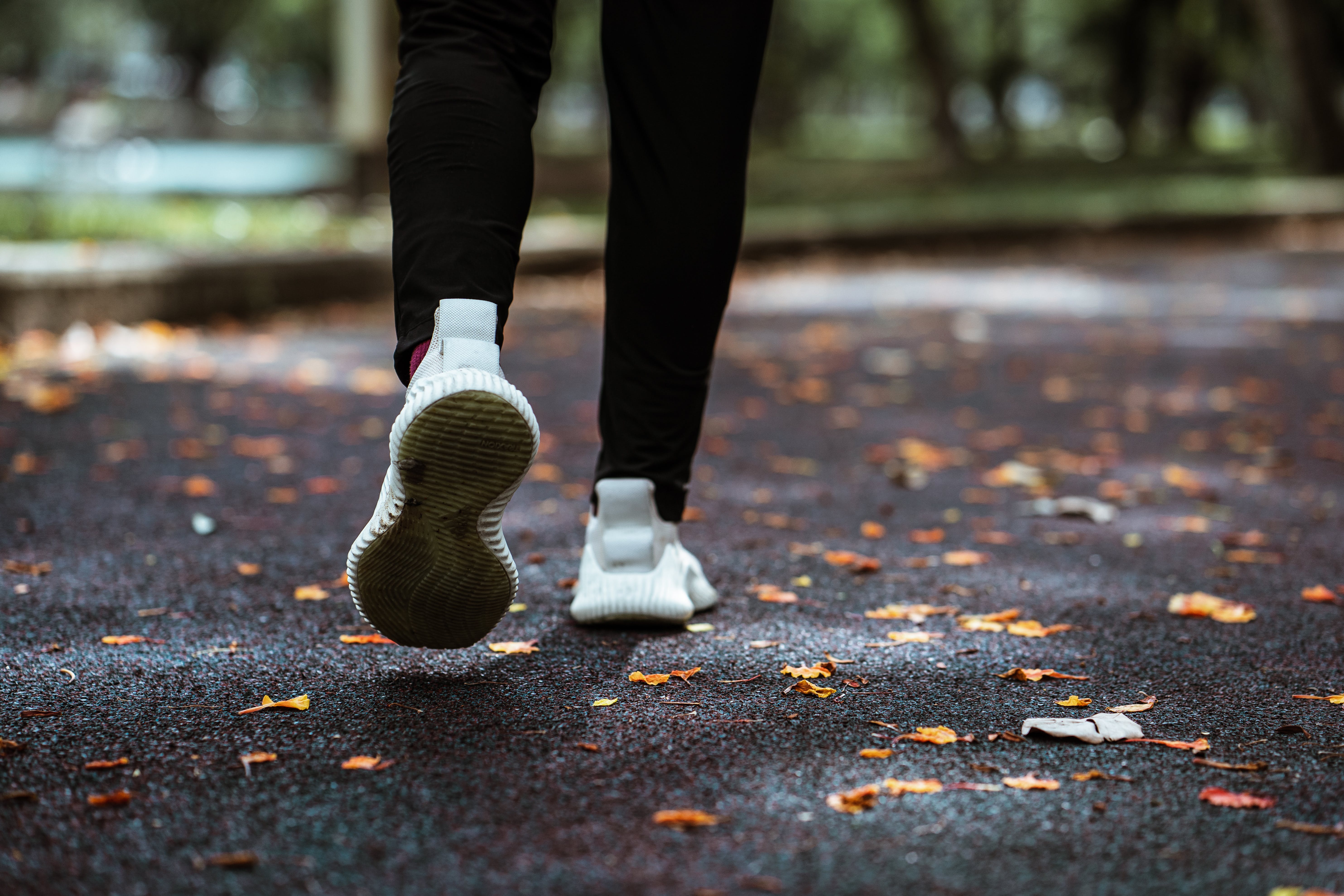The quest for heightened fitness awareness begins with the art of calorie tracking. As runners lace up, it’s not solely about the miles they conquer, but also about the intricate dance between energy exerted and energy consumed. Mastering the subtleties of calorie counting is a game-changer for anyone looking to fine-tune their fitness regimen. The journey commences with understanding the basal metabolic rate (BMR), the silent engine burning calories at rest, laying the groundwork for the calorie computations to follow.
Incorporating calories spent from running to the BMR yields an overarching view of daily caloric output. This crucial data paves the way for dietary adjustments, whether to create a caloric deficit for shedding pounds or to maintain an energy surplus to support muscle gain. It’s about aligning your nourishment precisely with the physical demands of your running pursuits.
Interested in diving deeper into the mechanics of calorie tracking and its transformative potential for your fitness journey? Our comprehensive guide is just a click away—discover the nuances and embark on a tailored running experience now! Click here.
Complementing these efforts with a fitness tracker unravels another dimension of personal health analytics. By leveraging sensors and algorithms, such devices chronicle every stride and heartbeat, refining your calorie equation with real-time feedback. They are instrumental in orchestrating dietary choices and workout plans that evolve with your fitness narrative. Recognizing that every runner’s stride is unique, custom-tailored insights from fitness trackers enable runners to transcend typical calorie management, transforming the practice into a bespoke tool that’s both enjoyable and integral to their running odyssey.
How Fitness Trackers Utilize Sensors and Algorithms
Having established the importance of calorie tracking in optimizing your fitness regimen, we now explore the technological underpinnings that make such tracking possible. The sophisticated interplay between sensors and algorithms is at the heart of fitness trackers, which have become invaluable tools for individuals seeking to understand and enhance their physical activity levels. These devices are equipped with a multitude of sensors that constantly gather data to feed into complex algorithms, thus painting a detailed picture of one’s exertion and energy expenditure.
Sensors, serving as the foundational components of fitness trackers, diligently observed the nuances of our movements and physiological signals. They record a wide range of information from heart rate fluctuations to the intricacies of motion and rest. By analyzing subtle data, such as the steps sensed by an accelerometer or the orientation metrics from a gyroscope, these devices provide an approximation of distance traveled and physical orientation, respectively.
Complementing these sensors, algorithms act as the interpretative layer that converts vast volumes of raw data into actionable insights. The sophistication of these algorithms is ever-evolving, continuously honed through advancements in machine learning to yield more precise assessments of calorie burn and workout intensity. It is these algorithms that link the preceding discussion of BMR and calories burned during physical activity to the actual data collected from your day-to-day activities.
In concert, the fusion of sensors and algorithms empowers fitness trackers with the ability to render a comprehensive view of a user’s daily activities. They not only track the distances we travel or the calories we burn but also seek to untangle the responses our bodies exhibit toward varying exercise intensities. This union of technology and physiology not only feeds into the subsequent evaluation of different factors affecting calorie burn but also enriches our understanding of bodily functions, aiding us in steadily moving towards our unique fitness goals.
Accurate Calorie Burn Estimation: What Factors Are Considered

Following the exploration of how fitness trackers employ sensors and algorithms to monitor activities, we turn to the factors that affect the precision of caloric calculations. Grasping the exact calorie burn from an energetic jog goes beyond simple metrics, requiring a blend of individual physiological characteristics and external influences.
Body Weight and Composition: Naturally, a user’s physical makeup is instrumental in calorie expenditure, with the fitness tracker acknowledging weight and muscle-to-fat ratio. A bulkier build necessitates more calories to sustain movement, and a muscular frame amplifies this consumption even more due to muscles’ higher caloric demand at rest and in action.
Running Pace and Duration: A tracker’s assessment of run tempo and session span further refines calorie count, recognizing that swift strides demand more energy, just as prolonged exertion cumulatively increases caloric output.
Terrain and Environmental Conditions: Contending with varied terrains, from steep inclines to rugged trails, implicates additional resistance, factoring into the tracker’s calculation of energy exertion; likewise, climate elements like heat and humidity adjust the metabolic response, altering calorie burning rates.
Metabolic Rate: Unique to each individual, metabolic rate is the baseline of caloric burn at rest, shaped by age, sex, and inherited traits, which when coupled with physical activity, dictates the intensity of caloric consumption according to the tracker’s algorithm.
Consequently, a runner’s biomechanical efficiency—how smoothly they traverse a given distance—also informs the tracker on energy utilization. An efficient stride signifies lower energy expenditure, signaling fewer calories used compared to a runner with less economical mechanics.
The Role of Heart Rate in Calorie Calculation

Heading: “The Role of Heart Rate in Calorie Calculation”
Fitness enthusiasts often question how their heart rate affects the number of calories they burn. The correlation between heart rate and caloric expenditure is an instrumental aspect of what makes fitness trackers valuable for anyone looking to optimize their workouts. As heart rate increases—a sign of the body’s escalated need for energy to sustain an activity—calorie burn similarly rises.
Monitoring heart rate during exercise provides insight beyond just the number of beats per minute; it elucidates how one’s body responds to various levels of workout intensity. A higher heart rate typically signifies a more intense workout and, consequently, a higher calorie burn. Fitness trackers adeptly gauge these physiological signals, guiding users to work out within the ideal heart rate zones for their fitness goals.
It’s important to recognize the uniqueness of each individual when it comes to heart rate-based calorie calculations. Variables such as age, body composition, and personal fitness level are pivotal in fine-tuning the estimation of calories burned. Fitness trackers offer the potential to personalize this data, ensuring the caloric information is as individual as the workout itself. Acknowledging one’s distinctive heart rate zones can steer a workout from a mere physical routine to a tailored fitness journey—one that not only enhances physical health but supports emotional well-being, with every elevated beat a step closer to holistic balance.
Can Fitness Trackers Measure Calorie Intake

As we delve further into the mechanics of how fitness tracker calculate calories burned, a natural progression leads us to question their capability in tracking the other side of the calorie equation: the intake. Fitness enthusiasts, who meticulously capture every heartbeat and step, are equally curious about pinning down their caloric consumption accurately.
The technological sophistication behind fitness trackers allows them to gauge our physical exertion through various sensors capturing motion and cardiac rhythm. These data points facilitate an estimation of calories expended; yet, the current state of technology does not extend this precision to monitoring calorie intake. For this piece of the puzzle, users generally resort to manual entry of their dietary consumption into accompanying applications. These apps then leverage databases to estimate the caloric value of logged food items.
Although these trackers adeptly measure the caloric outflow, bridging the gap to include intake still necessitates the user’s proactive engagement. Until technological innovations catch up, achieving comprehensive health monitoring hinges on the user’s diligence in recording their dietary habits. The pursuit of well-being is, after all, a concerted effort between person and gadget. As we look forward to enhancements that can sharpen calorie data accuracy in fitness trackers, it remains a shared journey of discipline and technology converging on the path to wellness.
Improving the Accuracy of Fitness Trackers’ Calorie Data

After exploring the capabilities of fitness trackers in assessing calorie intake, we turn our focus to refining their ability to quantify the calories we expend. Precision in tracking calorie burn enhances our understanding and empowers us to pursue our fitness aspirations with zeal. Recognizing the scopes and constraints of our digital companions lays the groundwork for precise calibration to our body’s individual characteristics.
To begin this fine-tuning process, ensure your personal details are meticulously inputted into the tracker. Your age, weight, height, and gender are not mere numbers; they are crucial factors that help customize the device’s algorithm, especially in calculating your basal metabolic rate (BMR). As your fitness journey evolves, remember to update these metrics to maintain the accuracy of the calorie expenditure reflected by your fitness tracker.
Complement your tracker with additional devices like heart rate monitors and GPS units. This integration offers a richer, multi-layered perspective on your physical activity, resulting in a more accurate approximation of calories burned. By syncing these tools, you edge closer to a true representation of your active lifestyle, allowing your tracker to echo the intensity of your movements with greater precision.
Step up your fitness game and keep track of your progress with heightened accuracy. Explore our website to discover more and embark on your journey today! Click here. With these calibrations, your fitness tracker becomes a more reliable partner, one that celebrates your every step with increasingly accurate calorie data, spurring you on towards achieving your health goals.
As technology continues to evolve, it’s important to acknowledge its limitations. No gadget can surpass the innate accuracy of your body’s intrinsic feedback mechanism. Thus, while utilizing these sophisticated trackers, also pay heed to your physiological cues. Blending technological insights with personal body awareness creates a symbiosis that fine-tunes your health routine, leading to a balanced and enjoyable approach to fitness tracking.


